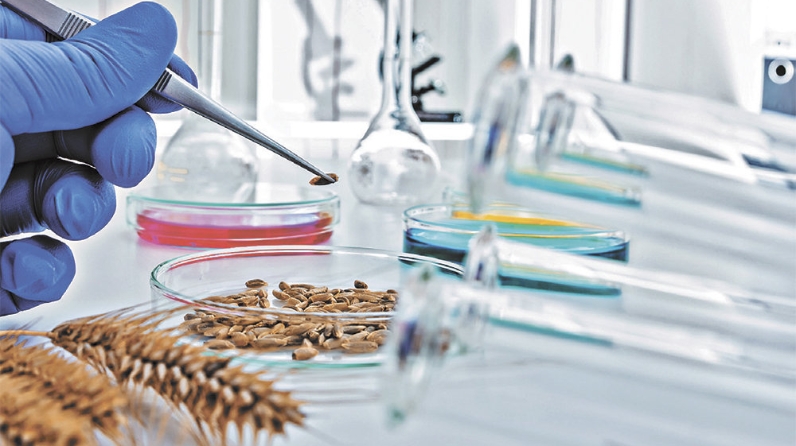In Tatarstan, varietal and sowing qualities of more than 84% of seeds for sowing in 2020 were tested

Today, active work is underway in Tatarstan on the preparation of spring grain seeds for the 2020 harvest. The testing of seed material intended for sowing this year is carried out by specialists of the FSBI Rosselkhoztsentr branch of Tatarstan.
For spring sowing, Tatarstan has 377.59 thousand tons of grain seeds, which exceeds the need by 9.5% and makes it possible to sell seeds to neighboring regions. Today, 317.48 thousand tons (84.1% of the available in the country) seeds have already been tested for sowing quality, 313.37 thousand tons (98.7% of the total volume of tested) of seeds are conditional, 4.11 thousand tons (1.3%) are substandard substandard. Seeds are recognized as substandard due to weediness of 26%.
A check of the seed material in the republic for varietal qualities showed that 52.06 thousand tons (16.4% of the total number of tested seeds) are the original seeds, elite seeds - 80.84 thousand tons (25.5%), reproductive seeds - 134.17 thousand tons (42.3%), with reproductive seeds intended for the production of marketable products - 29.41 thousand tons (9.2%). There are 16.90 thousand tons of non-varietal seeds (5.3% of the total number of seeds tested).
To update the seed stock in Tatarstan, original and elite seeds are imported, as well as seeds of crops whose seed production in the republic is not cultivated because of climatic conditions (corn, etc.) Purchased seeds are also a subject of verification for sowing quality. Currently, the Agricultural Center has already checked 907.9 tons of seeds imported into republic, including spring wheat - 167.5 tons (18.4% of the total number of seeds tested), barley - 295.3 tons (32.5%), oats - 50.8 tons (5.6%), peas - 119.7 tons (13.2%), white lupine - 28 tons (3.1%), corn - 194.5 tons (21.4%) , alfalfa - 20.0 tons (2.2%), clover - 27.4 tons (3.0%), 1.7 tons of white mustard (0.2%) and 3.0 tons of boneless bonfire (0, 3%).
The Ministry of Agriculture and Food of the Republic of Tatarstan recommends that managers and chief specialists of farms use verified seeds, if possible, replace existing varietal seeds with higher reproductions, since annual use of the same seed material leads to variety degradation.